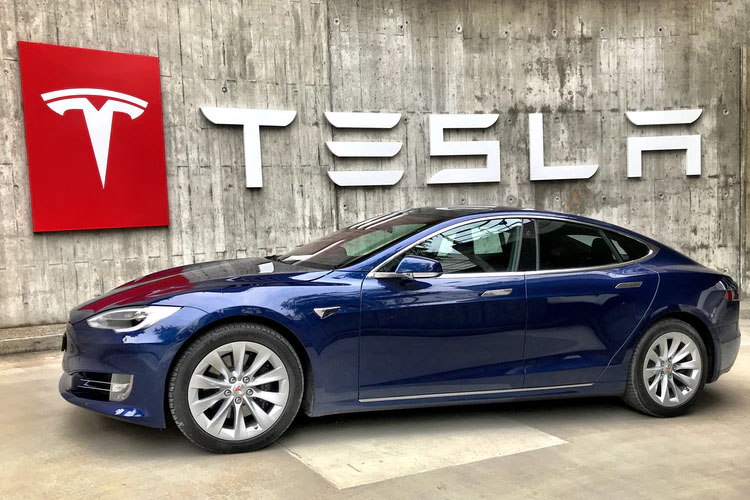Tesla Sees Record Net Income of $438 Million And Revenue Up By 74%

Tesla posted its first-quarter results and they are looking great. The EV pioneer beat expectations partly due to sales of bitcoin and regulatory credits. Even still, the company’s stock dipped as much as 3% after hours as investors took in all the numbers.
This is how Tesla did this quarter:
- .Earnings were at 93 cents per share vs. the expected 79 cents per share.
- Revenue is up to $10.39 billion vs. an expected $10.29 billion. That is up 74% compared to the same time last year
Net profits went up to a record $438 million. Tesla saw $518 million in revenue from its sales of regulatory credits. Also, the company recorded a $101 million dollar net positive impact from sales of bitcoin during the quarter.
The Elon Musk-owned electric vehicle company reported selling 184,800 Model 3 and Model Y cars in the first quarter. That figure also beat expectations and set another record for Tesla. Tesla delivered 2,020 older Model S sedans and Model X SUVs from inventory.
Elon said on Monday’s earnings call that the new version of the Model S is going to be delivered to customers starting in May of this year. Model X deliveries are going to start in the third quarter. Musk and CFO Zachary Kirkhorn jointly said that supply chain issues are likely to remain a challenge for Tesla in 2021.
In January 2021, Elon mentioned that the Model S Plaid was currently in production and deliveries will start in February 2021.
Tesla is planning to produce 2,000 Model S and X vehicles per week starting later this year.
Tesla reported on Monday that the company is expecting an over 50% vehicle delivery growth this year. That implies deliveries of at least 750,000 vehicles this year.
Tesla sales grew by more than 100% year over year while service centers only grew 28%. Also, its mobile service fleet only grew by 22%. So, that sort of echo’s the fact that some Tesla customers are facing longer-than-usual wait times for repairs. Service expansion has not been keeping pace with the volume of vehicles sold.
Tesla mentioned that it was able to weather the global chip shortages better than most of the rest of the auto industry due to, in part, by ‘pivoting extremely quickly to new microcontrollers, while simultaneously developing firmware for new chips made by new suppliers.’
The company also reiterated Elon’s continued claim that cameras, rather than lidar and radar, are a better way to do autonomous vehicles.
Our AI-based software architecture has been increasingly reliant on cameras, to the point where radar is becoming unnecessary earlier than expected. As a result, our FSD (Full Self-Driving) team is fully focused on evolving to a vision-based autonomous system and we are nearly ready to switch the US market to Tesla Vision.
Tesla
Revenue for Tesla’s energy production and storage business almost doubled compared to the same period last year.
Tesla had recently increased prices for its solar rooftops by 50%/ Also, the company now requires anyone ordering solar photovoltaics to also order the Powerwall, Tesla’s home energy storage system.
Musk said on the call that he is aiming for homes with solar rooftops and batteries from Tesla to work as ‘giant distributed utilities.’ The goal here is to help incumbent electrical utilities to be better able to supply customers with the electricity they need.
Elon said that Tesla’s 4680 cells that it developed independently are not yet reliable enough to be shipped in Tesla vehicles. He said the company would probably ‘achieve volume production’ of these cells in 12 to 18 months.



